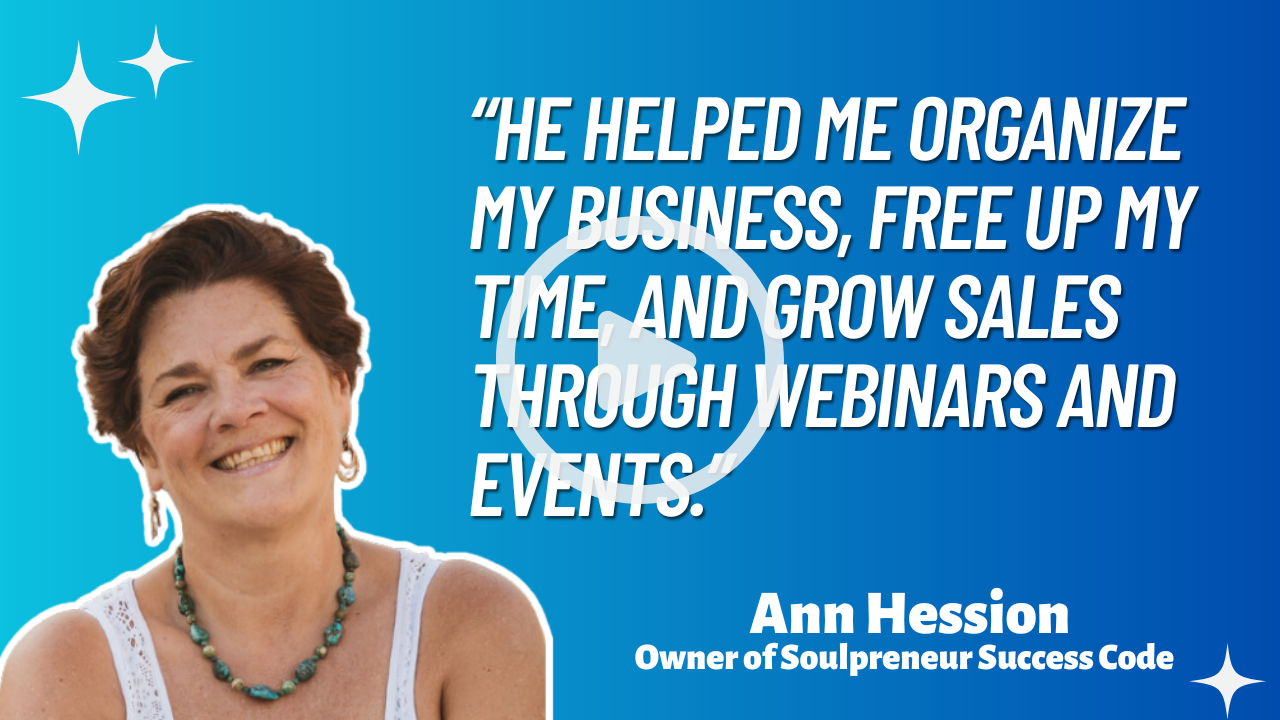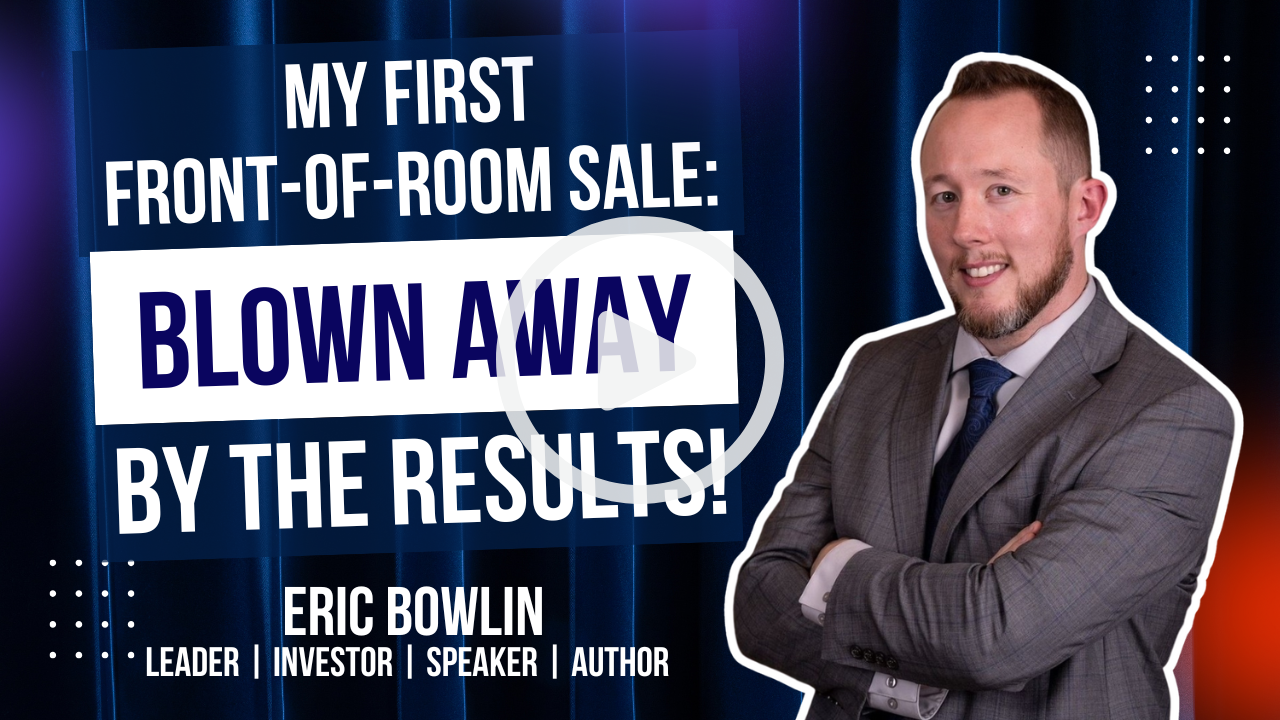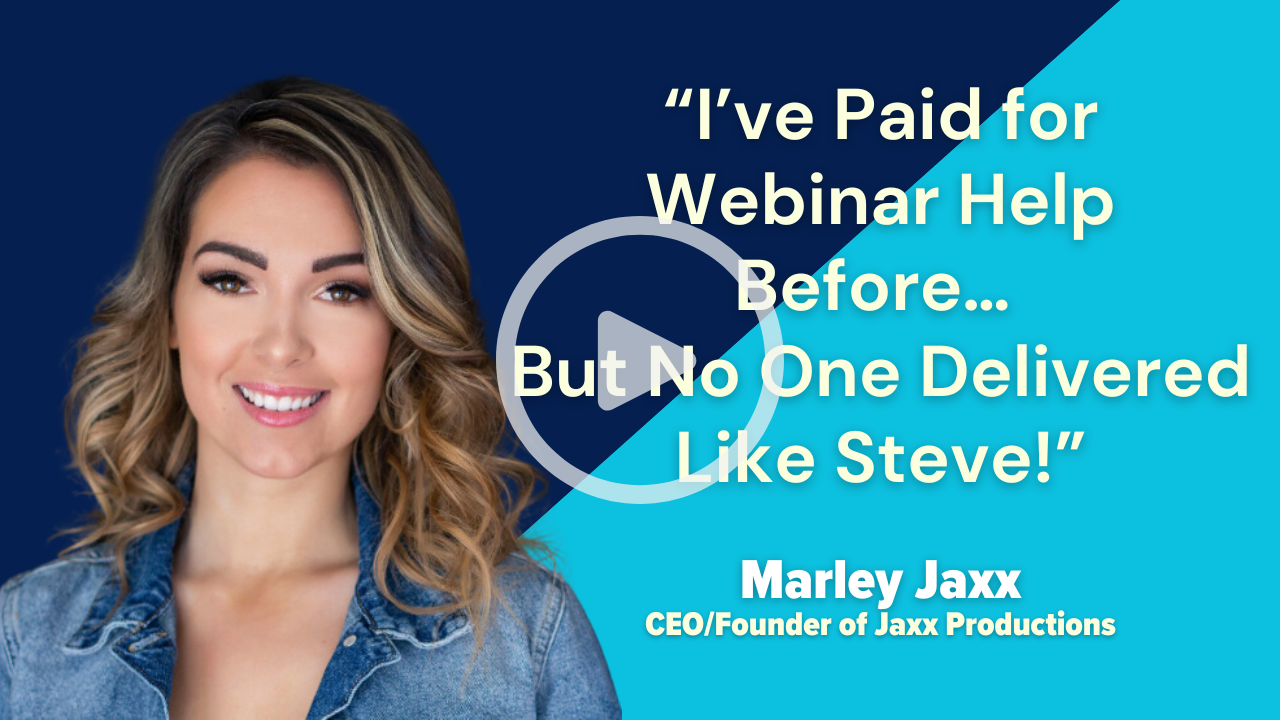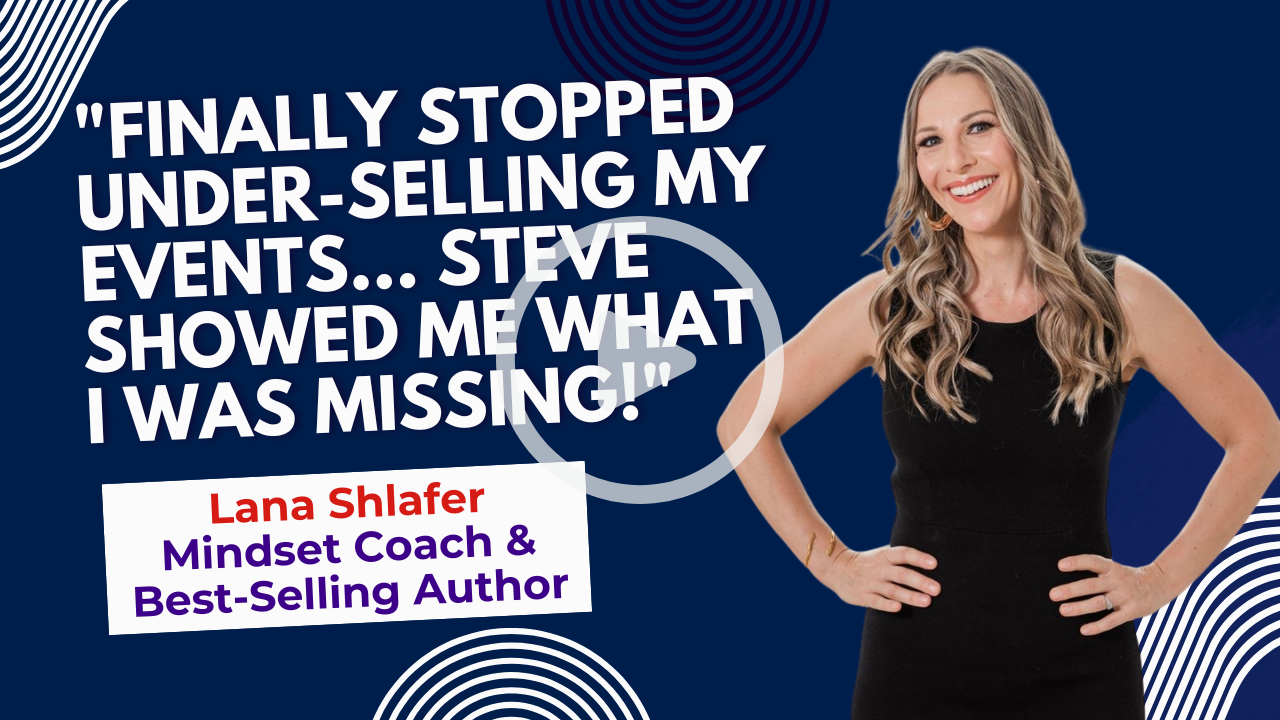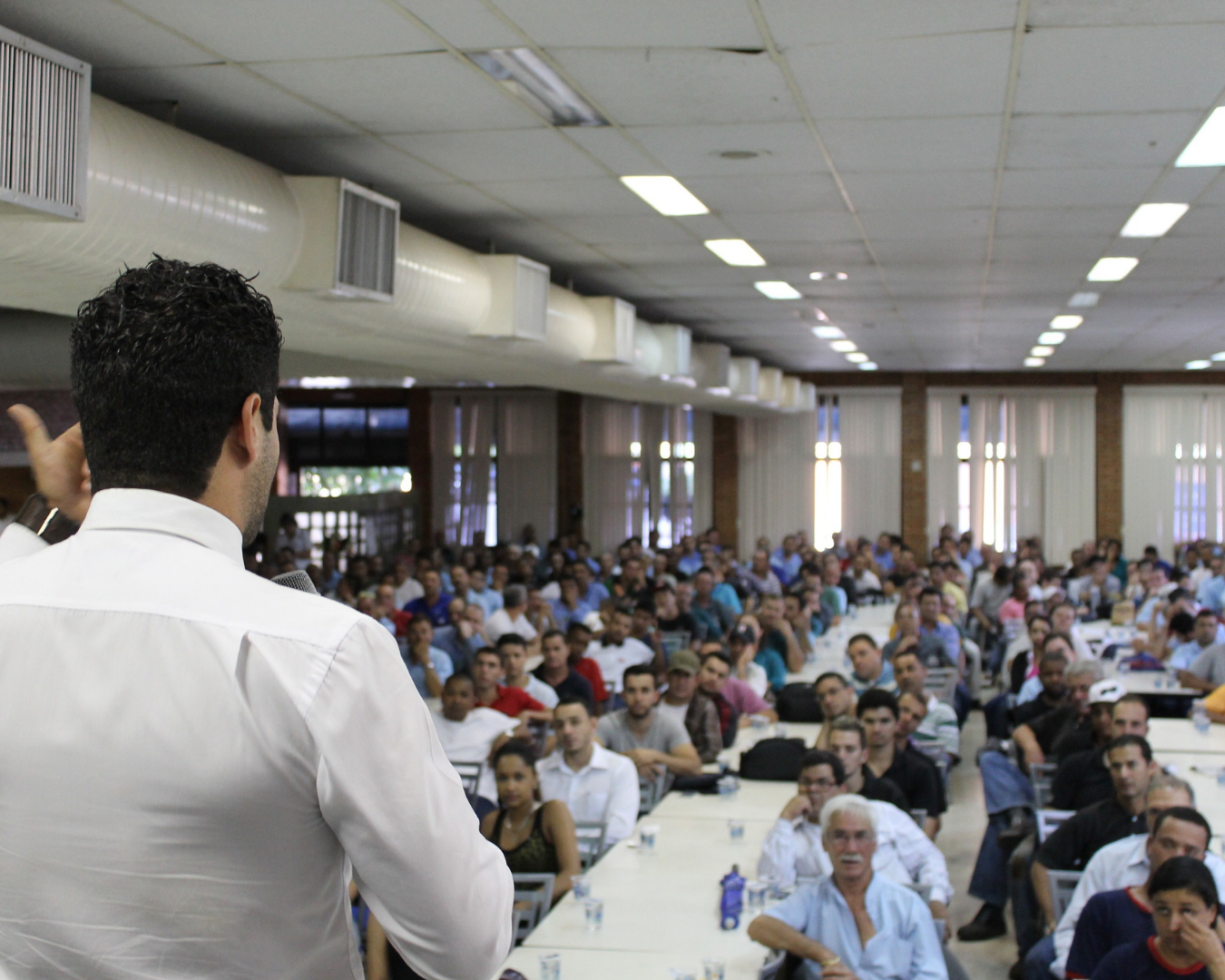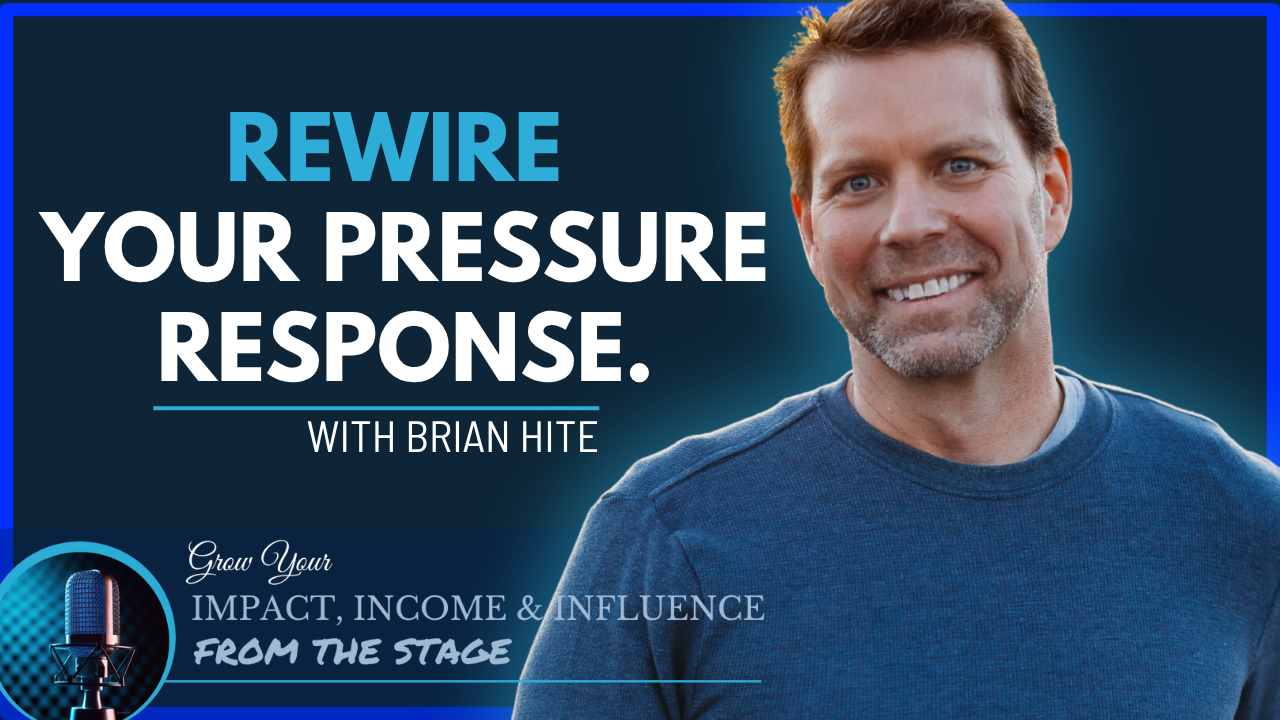Break the Cycle: How to Stop Living Paycheck to Paycheck Now
Living paycheck to paycheck can feel like an unending cycle of stress and uncertainty, leaving many trapped in a financial hamster wheel. If you find yourself constantly worrying about making ends meet, it’s time to break free. This article explores practical strategies and mindset shifts that can help you regain control of your finances, build a safety net, and ultimately pave the way for a more secure and fulfilling future. Discover how to stop merely surviving and start thriving today.
Why Do So Many People Live Paycheck to Paycheck?
Many people live paycheck to paycheck due to a combination of rising living costs, insufficient savings, and poor financial planning. This cycle often leaves them struggling to cover unexpected expenses and achieve financial stability.
Understanding the Paycheck-to-Paycheck Cycle
Understanding the paycheck-to-paycheck cycle is crucial for achieving financial health. Many Americans live paycheck to paycheck, often relying on credit cards to cover living expenses like medical bills or unexpected car repairs. This cycle can be exacerbated by the high cost of living and the temptation of subscription services. Even if it’s challenging, living paycheck to paycheck requires you to live within your means while finding ways to increase your income and build a savings account.
To break free from this cycle, it’s essential to consider long-term financial strategies. Establishing a high-yield savings account can provide peace of mind and help you save for emergencies, ideally aiming for three to six months’ worth of expenses. By managing personal finance effectively and avoiding high-interest credit cards or loans, you can improve your financial situation and work toward financial stability. Remember, if you’re living paycheck to paycheck, you’re not alone; many face similar challenges.
Common Financial Challenges Faced by Individuals
Many individuals face common financial challenges that can create a significant financial strain in their lives. The cycle of living paycheck to paycheck often leaves them vulnerable to unexpected expenses like medical bills or car repairs. Without a safety net of three to six months worth of living expenses, achieving a secure financial future can seem elusive. A lack of savings can force individuals to rely on credit cards to cover expenses, which further complicates their situation. To break free from this cycle, it is crucial to stick to your budget and save for the future.
To start, individuals should start by listing their essential expenses, such as utility bills, and explore opportunities for additional income. Setting long-term financial goals can help provide direction and motivation. Utilizing resources like the National Foundation for Credit can offer practical tips and strategies for managing debt and building savings or emergencies. Making small but consistent changes can ultimately make a significant difference in achieving financial stability.
How Living Paycheck to Paycheck Affects Mental Health
Living paycheck to paycheck can significantly impact mental health, as individuals often find themselves in this situation with little to no savings. The constant stress of running out of money leads to anxiety about covering monthly expenses, which can hinder the ability to build a secure financial future.
To escape this cycle, one must aim to save a portion of your income and identify areas where you can cut expenses. Breaking the paycheck-to-paycheck cycle not only aids in getting out of debt but also fosters financial stability and peace of mind, allowing for improved mental well-being.
Moreover, having a solid understanding of your monthly financial situation can help individuals feel free from living paycheck to paycheck. When people take proactive steps, like opening a money market account or managing spending habits, they can experience a sense of relief and helps reduce the overall stress related to financial insecurity.
How Can I Create a Budget to Stop Living Paycheck to Paycheck?
Creating a budget is essential to stop living paycheck to paycheck. By tracking your income and expenses, setting financial goals, and prioritizing savings, you can gain control over your finances and build a more secure financial future.
Steps to Create a Budget That Works for You
Creating a budget that works for you requires a series of thoughtful steps to ensure you can cover your monthly expenses without falling into debt. The first step is to assess your current financial situation by tracking your income and expenses. Identify your necessity expenses, such as rent, utilities, and groceries, which are essential for your day-to-day living. Once you have a clear picture, categorize your spending habits to pinpoint areas where you might be spending more than you earn.
Next, it’s crucial to set realistic financial goals. This will help you stay motivated and focused on your budget. If you find yourself in a situation where you have little to no money left for savings or discretionary spending, consider adjusting your lifestyle or seeking additional sources of income. You might even think about whether you need to take out a new loan or a credit card responsibly to manage urgent expenses, but be cautious to avoid deepening your financial troubles.
Finally, to become free from the cycle of living paycheck to paycheck, regularly review and adjust your budget as needed. This will help you stay accountable and aware of your financial habits. Over time, you’ll develop a budgeting strategy that not only meets your needs but also helps you achieve long-term financial stability.
Prioritizing Essential Expenses in Your Budget
When managing your finances, it’s crucial to prioritize essential expenses in your budget. Begin by identifying your fixed costs, such as rent or mortgage, utilities, and insurance. These are non-negotiable and must be covered first to ensure your basic needs are met. Next, consider your variable expenses, like groceries and transportation, which can fluctuate but are equally important for your daily life.
Once you’ve established these priorities, allocate funds accordingly, leaving space for emergency savings and debt repayment. This structured approach helps you avoid overspending in discretionary categories, ensuring that your financial health remains stable. Regularly revisiting your budget allows you to adjust as circumstances change, keeping your priorities aligned with your financial goals.
Ways to Save Money and Reduce Monthly Expenses
One effective way to save money and reduce monthly expenses is by creating a detailed budget. This involves tracking all sources of income and categorizing expenditures to identify areas where spending can be minimized. By setting limits on non-essential categories, such as dining out or entertainment, you can significantly cut costs.
Another strategy is to compare prices before making purchases. Utilizing websites and apps that offer price comparisons can help you find the best deals on groceries and household items. Additionally, consider buying in bulk for frequently used products, which can lead to substantial savings over time.
Furthermore, reevaluating subscriptions and memberships is crucial. Canceling services that are rarely used or switching to more affordable alternatives can free up extra cash. Lastly, adopting a more sustainable lifestyle, such as cooking at home and reducing energy consumption, can dramatically lower monthly bills.
What is an Emergency Fund and Why is it Important?
An emergency fund is a savings reserve set aside for unexpected expenses like medical emergencies or job loss. It’s crucial because it provides financial security and peace of mind, helping you avoid debt and maintain stability during unforeseen events.
How to Build an Emergency Fund from Scratch
Building an emergency fund from scratch requires careful planning and commitment. Start by determining your financial goals; aim for at least three to six months’ worth of living expenses. Next, create a budget to identify areas where you can cut back on discretionary spending. This will free up funds to direct towards your emergency savings.
Once you have your budget in place, open a separate savings account specifically for your emergency fund. This helps reduce the temptation to dip into your savings for non-emergencies. Automate your contributions, even if they are small, to ensure consistent progress.
Finally, celebrate your milestones, no matter how small, as they will motivate you to keep building your financial safety net.
The Role of an Emergency Fund in Financial Stability
The role of an emergency fund in financial stability is crucial for managing unexpected expenses. An emergency fund acts as a financial buffer, providing peace of mind during unforeseen circumstances, such as medical emergencies or job loss. Without this safety net, individuals may resort to high-interest debt or deplete their savings, jeopardizing their long-term financial goals. Additionally, having an emergency fund encourages responsible budgeting and spending habits, fostering a sense of control over one’s financial situation.
How Much Should You Allocate for Your Emergency Fund?
When determining how much to allocate for your emergency fund, a common rule of thumb is to aim for three to six months’ worth of living expenses. This amount can provide a financial cushion in case of unexpected events such as job loss, medical emergencies, or urgent home repairs. To calculate your target, begin by assessing your monthly expenses, including rent or mortgage, utilities, groceries, and other essential bills. Multiply this amount by the number of months you wish to cover, and you will have a solid estimate.
However, individual circumstances can greatly influence the ideal size of your emergency fund. For instance, if you have a stable job and minimal dependents, you may feel comfortable with a smaller fund. In contrast, freelancers or those with variable income should consider a larger reserve, perhaps even up to a year’s worth of expenses. Additionally, factors such as your health, age, and the stability of your industry may also dictate a larger fund.
Ultimately, the key is to find a balance that aligns with your financial situation and peace of mind. Regularly review and adjust your emergency fund as your personal and financial circumstances change, ensuring it remains a reliable safety net for unforeseen challenges.
How Can I Increase My Income to Break the Cycle?
To break the cycle of living paycheck to paycheck, focus on increasing your income through strategies like side hustles, advancing your skills for higher-paying jobs, or investing in income-generating assets. These steps can provide the financial boost needed to create stability and build wealth.
Exploring Side Hustles for Extra Money
In today’s fast-paced world, exploring side hustles has become a popular way to earn some extra money. Many individuals are seeking opportunities that fit into their busy schedules while allowing them to pursue their passions. From freelance writing to selling homemade crafts, the options are virtually limitless.
One of the most attractive aspects of side hustles is their flexibility. People can choose to work during their free time, whether it’s in the evenings or on weekends. This adaptability makes it easier to balance a full-time job with personal interests, leading to both financial and emotional rewards.
Moreover, engaging in a side hustle can provide valuable skills and experiences that enhance one’s career prospects. As individuals explore different avenues for making extra money, they often discover new talents and interests that can transform their professional lives.
Negotiating Your Salary: Tips and Strategies
Negotiating your salary can be a daunting task, but with the right approach, it can lead to a more satisfying compensation package. Begin by conducting thorough research on industry standards and average salaries for your position. This will help you establish a reasonable salary range to present during negotiations.
Next, prepare to articulate your value effectively. Highlight your skills, experiences, and any accomplishments that demonstrate your worth to the organization. Furthermore, practice your negotiation skills with a friend or mentor to boost your confidence.
Finally, remain flexible and open to alternatives, such as benefits or professional development opportunities, if the salary offer falls short. Remember, negotiation is a two-way street, and maintaining a positive relationship with your employer is crucial.
Ways to Monetize Your Skills and Hobbies
Monetizing your skills and hobbies can be an enriching way to generate income while doing what you love. One effective method is to create and sell digital products, such as e-books, online courses, or printables. Platforms like Etsy or Udemy allow you to showcase your expertise and reach a wider audience. By designing a course that teaches a skill you excel in or writing an e-book about a subject you’re passionate about, you can earn passive income while helping others learn.
Another viable option is offering freelance services. Websites like Fiverr and Upwork connect you with clients seeking your specific talents, whether it’s graphic design, writing, or social media management. Tailoring your services to meet client needs can lead to sustained work, enhancing your portfolio and building a client base.
If you enjoy interacting with others, consider coaching or consulting. You can leverage your expertise in areas like fitness, business, or personal development by offering one-on-one sessions or workshops. This not only allows you to share your knowledge but also creates a meaningful connection with your clients.
Finally, consider starting a blog or YouTube channel focused on your interests. By consistently creating valuable content, you can attract an audience and monetize through ads, sponsorships, or affiliate marketing. This approach allows you to share your passions while also generating income in the process.
What Are the Long-Term Benefits of Stopping the Paycheck-to-Paycheck Cycle?
Breaking the paycheck-to-paycheck cycle offers long-term benefits such as increased financial stability, reduced stress, and the ability to build wealth over time. By establishing a solid savings foundation, you can achieve greater financial freedom and security for the future.
Achieving Financial Goals and Security
Achieving financial goals requires careful planning, discipline, and a clear understanding of one’s priorities. Setting specific, measurable targets helps in tracking progress and maintaining motivation.
Moreover, establishing a budget and adhering to it fosters financial security. By saving consistently and investing wisely, individuals can create a safety net that protects them from unexpected expenses and future uncertainties.
The Importance of Financial Education for Future Stability
The importance of financial education cannot be overstated, as it lays the groundwork for future stability. Understanding financial principles equips individuals with the skills to manage their resources effectively. This knowledge fosters informed decision-making, enabling people to save, invest, and plan for retirement. Ultimately, a solid foundation in finance can lead to reduced debt and increased economic resilience.
Creating a Safety Net for Unexpected Expenses
Creating a safety net for unexpected expenses is essential for financial stability. It involves setting aside a portion of your income regularly to build an emergency fund. This fund can cover unforeseen costs, such as medical bills or car repairs, without disrupting your budget. By prioritizing savings, you can face challenges with confidence, knowing you have a financial cushion to rely on.
























